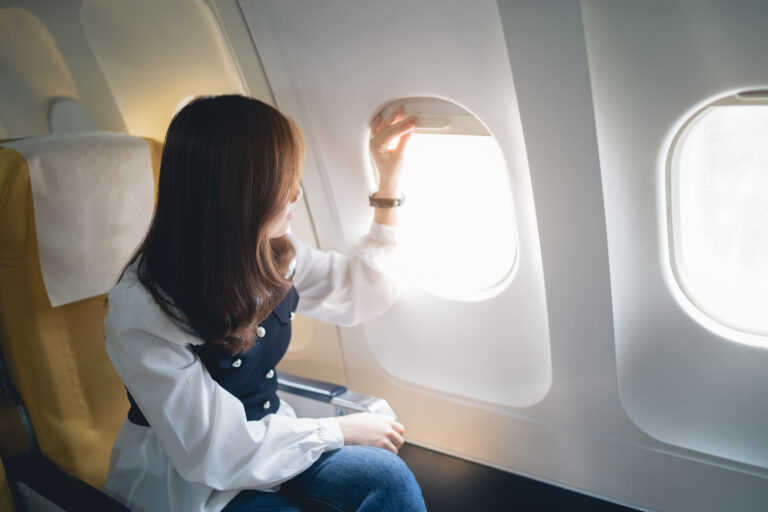It seems like more and more news stories over the past decade are about plane crashes. High-profile accidents like Malaysia Airlines Flight 370, the AirAsia plane lost at sea in 2014, and the Boeing 737 MAX disasters in 2019 and 2020 all made headlines. While sometimes these crashes are simply unexplained accidents, oftentimes they're due to a lack of safety standards, regulations, and appropriate training.
Many of the airlines on our list are banned from U.S. or European airspace due to their lack of safety regulations, or failure to meet the standards of other countries. While airlines that fly in and out of Australia still remain relatively safe, we’d strongly advise against flying with these airlines, even if their fares are unbelievably low. Health and safety while flying should be your top priority.
AirlineRatings.com rates the best and worst airlines out of seven stars – each pick on this list has not managed to amass over 3/7 stars. The rating system considers any accidents and fatalities at fault of the airline over the last decade, country blacklists, and International Air Transport Association Operational Safety Audit (IOSA) certificates.

